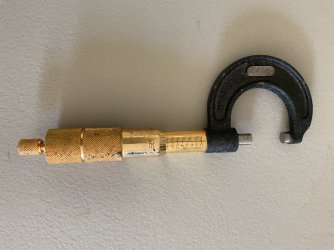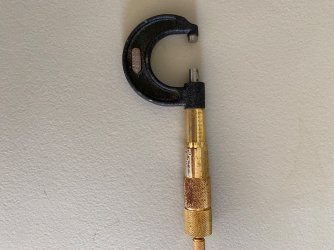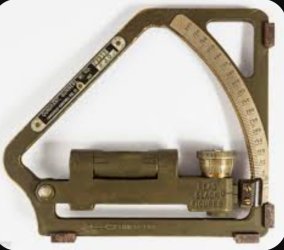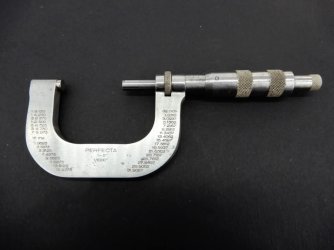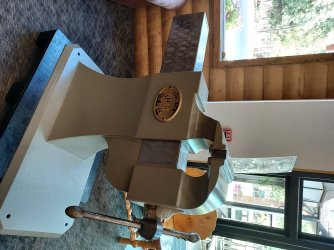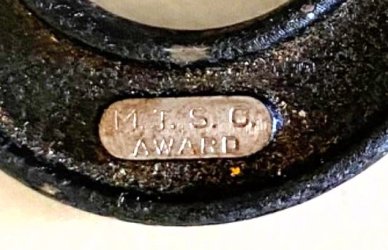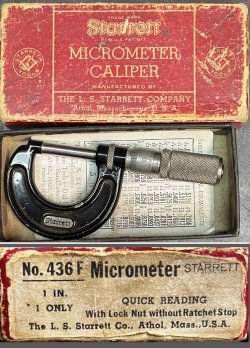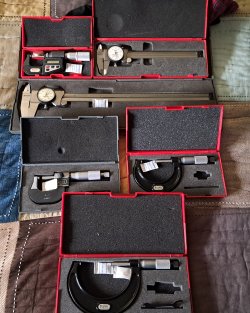That mic reads in thousands of an inch. One one-thousandth is written as .001 and one hundred one-thousandths is written as .100
The part that turns, the thimble, is marked 0 to 25. Each mark on the barrel (the part that doesn't turn) equals .025 thousands. So if you start out with the mic closed, the 0 on the thimble should match up with the 0 on the barrel, and no barrel marks will be seen. As you open the mic up, the value on the thimble that lines up with the horizontal line on the barrel, plus how ever marks show on the barrel is your reading. So if the mic showed 15 marks on the barrel and "0" on the thimble piece, that would equal 15x.025 or .375
It's easier if you remember that the numbered marks on the barrel equal .100, so 3 = .300, and so on. then add the number marks showing after that number, so in the example above, you would 3 plus 3 more marks on the barrel, and since each mark equals .025, the total figure is .375.
Now for the thimble. If the thimble piece is not at zero according to the horizontal line on the barrel, then whatever value does line up with the line is added to measurement. In the example above, if the thimble said 5 instead of 0, then the resulting measurement would now be .380 (.375 plus .005). It is most important that you remember to only count lines on the barrel that are not covered. Another example, if the barrel shows 6 plus 2 marks and the thimble lines up with 20 on the vertical line, the measurement is .600 plus .050 plus .020, or .670 It is important to just tighten the thimble until it stops. Over tightening will give false measurements and could result in the mic needing recalibrating - which the mic in the photo looks in need of having done.
Easy-peasy....
Or watch Youtube.

On "tenth" mics, (stands for one- ten thousandths of an inch) which the pictured mic is not, you can measure down to .0001 of an inch. The typical human hair is around .003 for comparison, so that would equal 30 'tenth's measurements.
BTW: Guys in the shop jokingly referred to them as "calibrated c-clamps".
